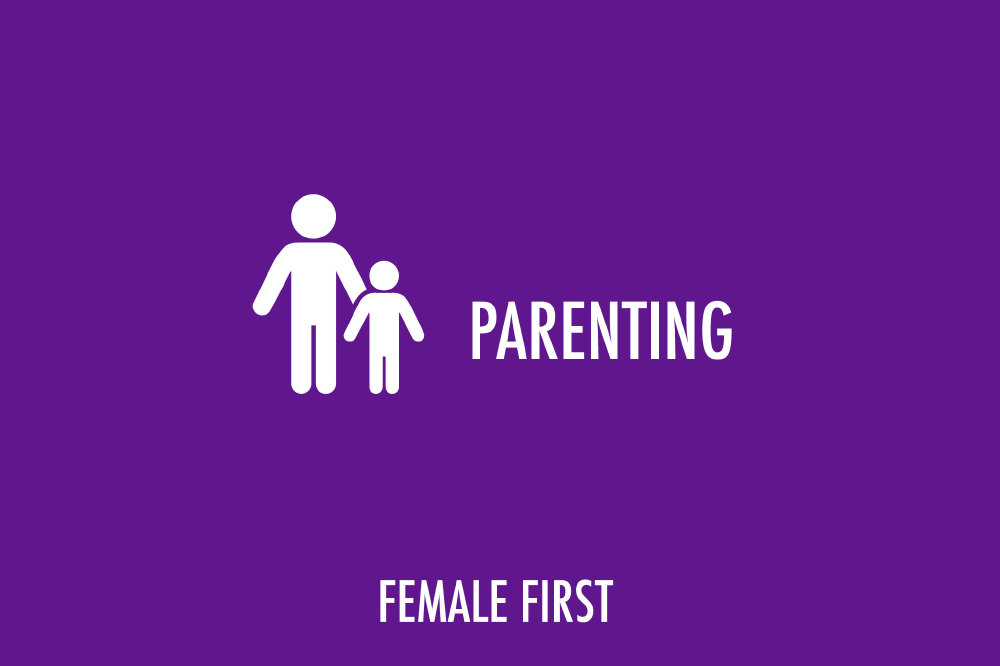Barefoot shoes pioneer, Vivobarefoot, has this week launched a nationwide campaign to highlight the damage ill-fitting, tapered non-foot shaped shoes do to children's feet. Supported by medical professionals and parents across the UK, the barefoot shoe brand is mounting pressure on mainstream footwear manufacturers and retailers to carry warnings informing people of the proven danger of conventional footwear design on a child's natural foot development.

Parenting on Female First
Here are the top five things every parent should know about children's shoes, with tips for finding healthy shoes for your child!
1) We need foot shaped shoes. Up to the age of ten years old, the bones in a child's foot are soft and can be easily misshapen by external forces like poor fitting shoes and in a matter of weeks a child's foot development can be compromised. Anything that gets in the way of natural foot development will result in deformed, weak feet.
2) Padded shoes can hamper a child's walking and cerebral development. With 200,000 nerve endings, 33 major muscles, 26 bones and 19 ligaments, the human foot is a natural feat of biomechanics and is the most sensitive part of the body after the hands and mouth. Humans should be able to receive sensory feedback through their feet in order to know how to move. While a child's cognitive and motor skills are developing, padded shoes that dampen this sensory feedback to the brain can be particularly damaging.
3) Splay and play: When barefoot, with each step your toes splay outwards to help balance your stride. If a child's shoe is too narrow, the toes will not have room to splay and will subsequently lose mobility and strength. You can build up strength in your toes with exercises like Toe-Ga
4) It all starts with the feet: An unbalanced foot caused by wearing the tapered, padded shoes which hinder natural movement can cause lifelong movement problems. When we compromise natural foot movement, the rest of the body, from the foot up, must align differently to compensate. Walking barefoot helps the body align as nature intended; improving natural gait and helping to develop healthy posture.
5) Kids that move to better at school: The recommended daily 'vigorous activity' for kids is 60 minutes. Only 20% of kids in the UK get that. Studies shoe that kids do better in school the more they move. If kid's shoes restrict their natural movement patterns, they are less likely to want to run, jump and play, which could have a damaging effect on their education.
Top tips for choosing kids shoes to ensure happy feet!
1) Flexibility is key. You should be able to bend the shoe in thirds. If it doesn't, it is too rigid and will limit movement.
2) Chose a shoe with a protective yet thin sole. This will allow children to feel the terrain beneath them and develop important strength and coordination.
3) Look for shoes with a wide toe box, giving feet the space to move and grow.
4) Avoid shoes with arch support or bulky soles as much as possible.
5) Visit a store and try them on. It is always best to have shoes properly fitted by an expert to ensure a perfect fit.
Tagged in Feet

